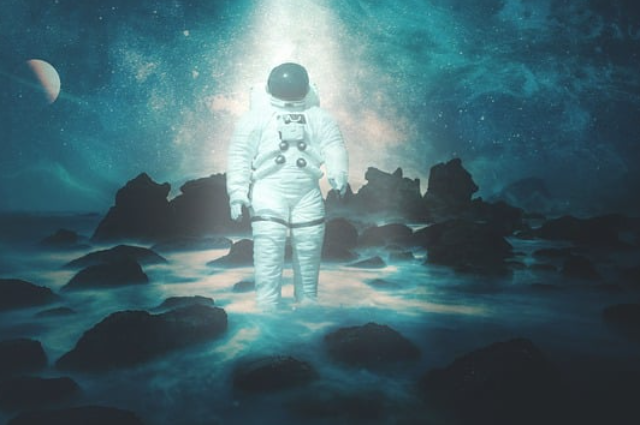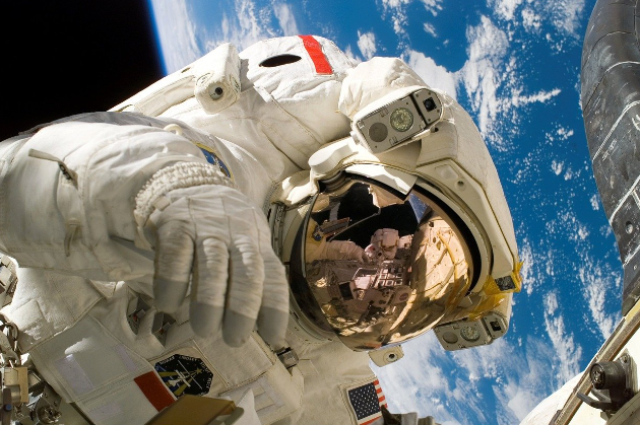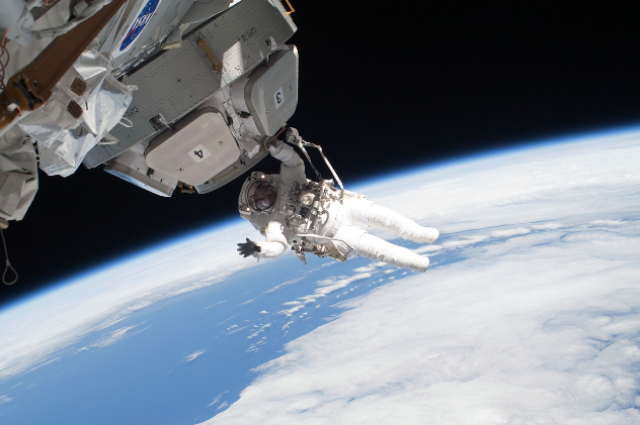
Abstract: The quest to explore and inhabit space has led astronauts and cosmonauts to undertake missions of unprecedented duration. These extended sojourns have provided invaluable insights into human adaptability, the challenges of prolonged weightlessness, and the prospects for future space travel. This article delves into the experiences of those who have spent the longest periods in space, examines the implications for future space endeavors, and discusses the burgeoning field of space tourism.
Introduction
Humanity's fascination with the cosmos has driven us to push the boundaries of space exploration. Central idea to this endeavour is understanding how extended periods in microgravity affect the human body and mind. Long-duration space missions serve as both a testament to human resilience and a foundation for future interplanetary travel.

A Brief History of Space Exploration
The journey to space began with the launch of Sputnik 1 by the Soviet Union on October 4, 1957, marking the first artificial satellite in orbit. This milestone initiated the Space Race between the United States and the Soviet Union.
Key historical events include:
- 1961: Soviet cosmonaut Yuri Gagarin became the first human in space aboard Vostok 1, orbiting Earth once before returning safely.
- 1965: Alexei Leonov performed the first-ever spacewalk, demonstrating the feasibility of extravehicular activities (EVAs).
- 1969: Apollo 11 successfully landed humans on the Moon, with Neil Armstrong and Buzz Aldrin becoming the first to walk on its surface.
- 1971: The Soviet Union launched Salyut 1, the first space station, paving the way for long-duration missions.
- 1986: The Soviet Union launched Mir, the first modular space station, which became the testing ground for extended human habitation in space.
- 1998-Present: The International Space Station (ISS) was launched as a joint effort by multiple space agencies, enabling long-duration missions and groundbreaking research.
- 2021-Present: Commercial spaceflight began to flourish, with companies like SpaceX, Blue Origin, and Virgin Galactic launching private missions, making space more accessible to civilians.
These milestones have significantly contributed to the advancement of human spaceflight, enabling longer missions and expanding the possibilities for space exploration and tourism.
Valeri Polyakov: The Record Holder
Valeri Polyakov, a Russian cosmonaut and physician, holds the record for the longest single stay in space. From January 8, 1994, to March 22, 1995, Polyakov spent approximately 437 days aboard the Mir space station. His mission aimed to assess the feasibility of human travel to Mars by studying the physiological and psychological effects of prolonged weightlessness. Upon his return, Polyakov demonstrated remarkable physical condition, even walking unaided shortly after landing, thereby bolstering confidence in the human capacity for long-duration spaceflight.
Other Notable Long-Duration Missions
Several astronauts and cosmonauts have undertaken extended missions, contributing significantly to our understanding of life in space:
- Sergei Avdeyev: Accumulated 747 days in space over three missions, holding the record for the most cumulative time in space until surpassed by Gennady Padalka.
- Gennady Padalka: Holds the current record for the most cumulative time in space, with 878 days over five missions.
- Peggy Whitson: Holds the NASA record for the most cumulative days in space at 675 days.
- Scott Kelly and Mikhail Kornienko: Participated in the ISS year-long mission (2015–2016), each spending 340 days aboard the International Space Station to study the effects of long-duration spaceflight.
- Frank Rubio: Holds the NASA record for the single longest spaceflight at 371 days.
Sunita Williams and Butch Wilmore: An Unplanned Extended Mission

In a recent example of extended space habitation, NASA astronauts Sunita "Suni" Williams and Barry "Butch" Wilmore embarked on a mission that was initially planned for a shorter duration but extended to nine months due to technical issues with their return spacecraft, Boeing's Starliner. The spacecraft encountered thruster problems, rendering it unsafe for the return journey. Consequently, Williams and Wilmore remained aboard the International Space Station (ISS) to continue their scientific research while awaiting a safe return option.
Mission Objectives and Achievements
During their extended stay, Williams and Wilmore contributed to over 150 experiments, including studies on human physiology, plant growth in microgravity, and technological demonstrations. Their prolonged mission provided additional data on the effects of long-duration spaceflight, offering insights crucial for future missions to the Moon and Mars.
Challenges of Prolonged Spaceflight
Extended missions in microgravity pose several challenges:
- Muscle Atrophy and Bone Density Loss: Without the resistance provided by Earth's gravity, astronauts experience muscle weakening and bone density reduction. To mitigate these effects, crew members adhere to rigorous daily exercise regimens using specialized equipment.
- Fluid Redistribution: Microgravity causes bodily fluids to shift toward the head, leading to facial puffiness and vision changes.
- Radiation Exposure: Beyond Earth's protective atmosphere, astronauts are exposed to higher levels of cosmic radiation, increasing the risk of cancer and other health issues.
- Psychological Effects: Isolation, confinement, and separation from Earthly environments can impact mental well-being. Maintaining communication with loved ones and engaging in recreational activities are essential for psychological health.
Safe Return to Earth
After an extended mission, re-acclimating to Earth's gravity presents challenges:
- Physical Readjustment: Astronauts often experience dizziness, balance issues, and muscle weakness upon return. Medical teams are on standby to assist, sometimes using stretchers to transport astronauts immediately after landing.
- Cardiovascular Changes: Prolonged space travel alters blood circulation, causing dizziness and low blood pressure upon standing, known as orthostatic intolerance.
- Immune System Suppression: Studies show that long-duration spaceflight weakens the immune system, making astronauts more susceptible to infections post-mission.
- Rehabilitation: Comprehensive rehabilitation programs help astronauts regain muscle strength, coordination, and overall physical and psychological health.
Despite these challenges, Williams and Wilmore returned safely to Earth aboard SpaceX's Dragon capsule, landing off the coast of Florida. Their return marked the successful collaboration between NASA and private industry to ensure astronaut safety and smooth recovery.
Prospects for Extended Space Habitation
The experiences of astronauts on long-duration missions inform the feasibility of future space travel and habitation:
- Mars Missions: A round-trip mission to Mars could take approximately 18 months. Data from extended ISS missions are vital in preparing for such endeavors.
- Lunar Bases: Establishing a sustained human presence on the Moon requires understanding long-term habitation challenges.
- Space Tourism: As private companies develop capabilities for longer stays in space, the prospect of space tourism becomes more tangible. However, ensuring the safety and health of non-professional astronauts during extended missions remains a significant hurdle.
Space Tourism: The Next Frontier
The concept of space tourism has transitioned from science fiction to emerging reality:
- Suborbital Space Tourism: Companies like Blue Origin and Virgin Galactic offer brief suborbital experiences, allowing civilians to experience weightlessness and view Earth from space for a few minutes.
- Orbital Space Tourism: SpaceX’s Inspiration4 and Axiom Space have enabled private individuals to stay in Earth’s orbit for extended durations, pushing the boundaries of commercial space travel.
- Lunar Tourism: SpaceX’s Starship and NASA’s Artemis program are working toward sending private passengers around the Moon, potentially opening lunar tourism within the next two decades.
Conclusion
Long-duration spaceflight has advanced our understanding of human endurance and the challenges of living beyond Earth. While extended missions contribute valuable data for interplanetary exploration, they also lay the groundwork for future commercial spaceflight and tourism. As technology advances and costs decrease, space tourism may become an attainable reality for the common individual, marking a new era of human exploration beyond our planet.
